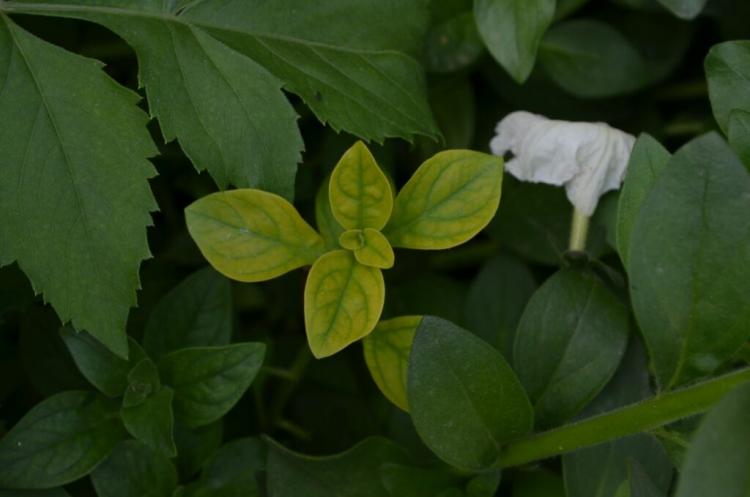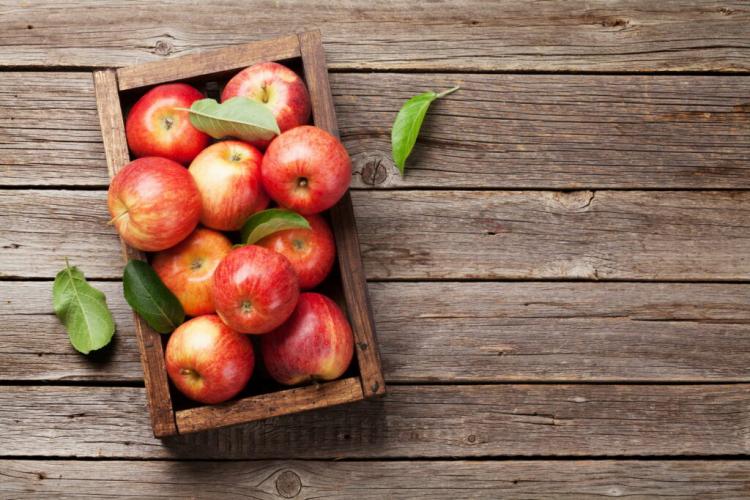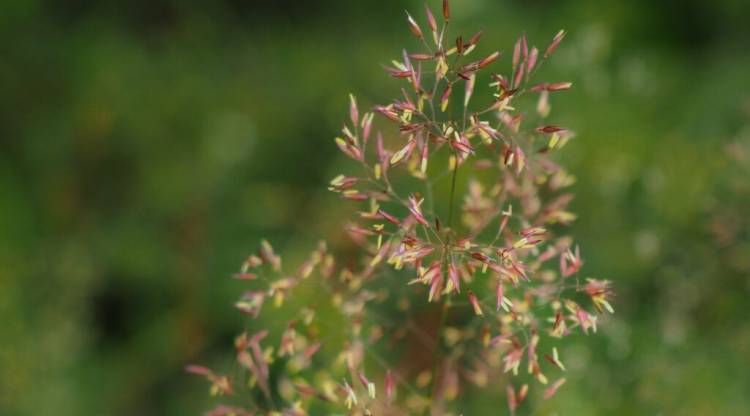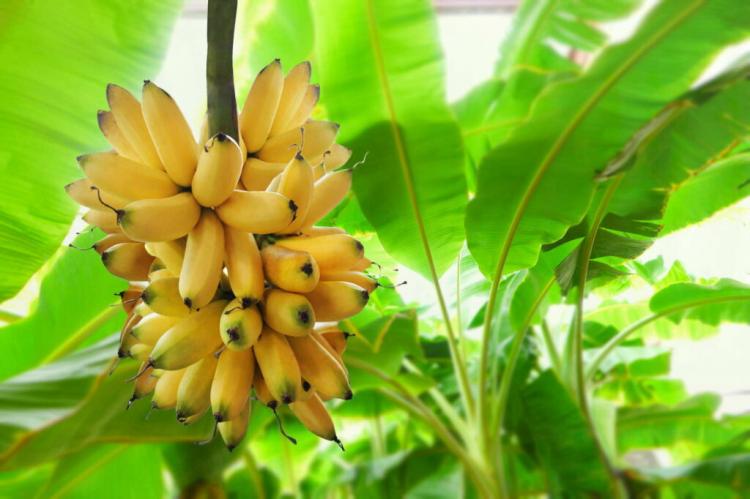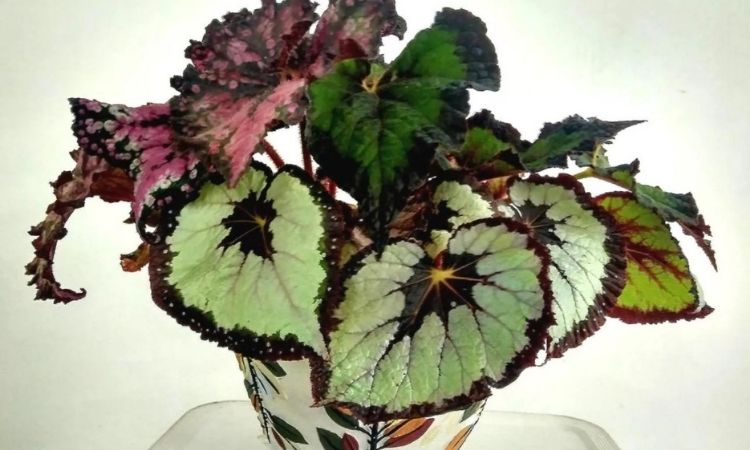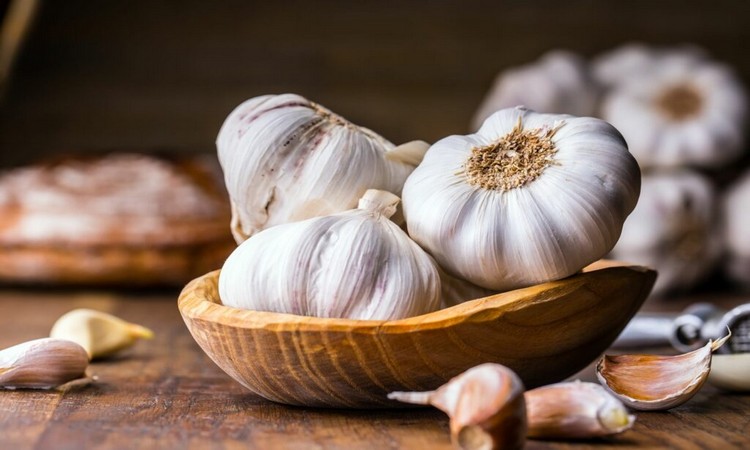Yellow Leaves On Petunias: Controlling Chlorosis
If the petunias suddenly turn yellow on your windows and no longer look very decorative, then they are dealing with chlorosis.
Like all of our plants, our balcony flowers also need the right nutrients to grow magnificently. If the leaves on your petunias, especially the young leaves, turn yellow, the most likely cause is chlorosis, which is caused by a lack of nutrients.
Detect chlorosis in petunias
Table of Contents
The lack of nutrients is iron (Fe Ferrum). A typical symptom of chlorosis in petunias is when the green leaves turn yellow, but the leaf veins remain green. Plants need iron for the formation of enzymes, for the metabolism, for the formation of chlorophyll, and thus also for breathing and photosynthesis. If this nutrient is now missing, however, not only does the discoloration occur, but the lack of chlorophyll also hinders photosynthesis and the plants can no longer produce certain enzymes and hormones.
How to recognize an iron deficiency in your petunias or surfing as:
- Young leaves are affected
- The leaves turn yellow, only the leaf veins remain green
- Stunted growth
Prevent chlorosis in petunias
So that you don’t have any problems with chlorosis petunias due to iron deficiency, we have a few tips ready for you below. Since petunias are so-called heavy eaters, they need a lot of nutrients and also a lot of water.
However, one should also pay attention to the irrigation water. If you always pour the petunias with hard water from the tap, i.e. water that contains a lot of lime, the pH value in the soil can change. A changed pH value can mean that certain nutrients – such as iron if the pH value in the soil is too high – can no longer be absorbed or can only be absorbed to a significantly lesser extent. Therefore, you should use soft water (rainwater) for watering if your tap water is very lime-rich.
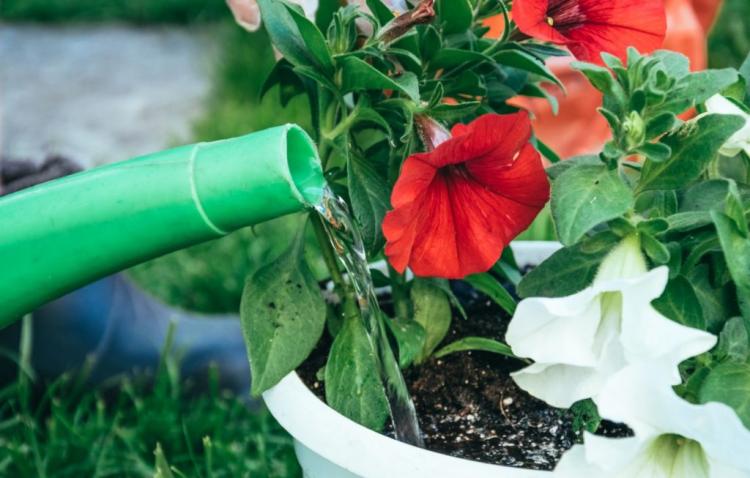
Use a loose and nutrient-rich substrate when planting to give your petunias a good start in life. Repotting in fresh soil can also be helpful, especially for petunias in pots that show symptoms of chlorosis. This gives the plant fresh nutrients again because frequent watering can flush out many nutrients that the plant needs. Repotting after overwintering is also advantageous and recommended. Learn more about wintering and proper care for petunias here.

Lime and pH: What else you should know about it
There’s always a lot going on about pH and lime, so what’s that all about? The pH value expresses the concentration of hydrogen ions, i.e. the more hydrogen ions there are, the more acidic the solution.
The terms acidic, basic, alkaline, and neutral can be found again and again in connection with the pH value:
- Basic and alkaline mean the same thing, namely a pH value above 7.5
- neutral means a pH value of 6-7.5
- Acid means a pH value below 6
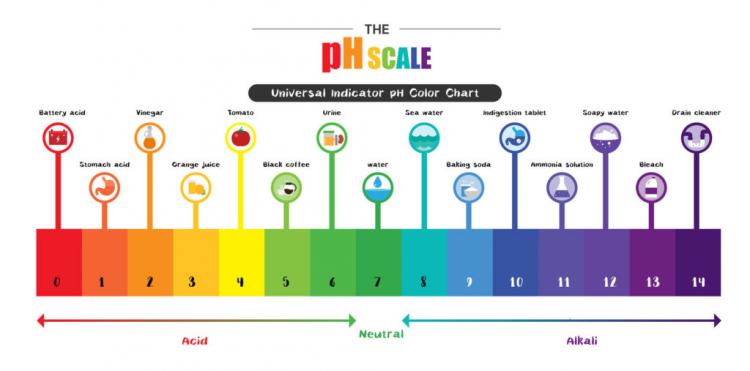
For the plants, the pH value of the soil is important for the availability of nutrients, also known as nutrient salts. The optimal pH for most plants is between 5.5 and 6.5. Extreme pH values can damage plant organs. Extremely high or low pH values are also responsible for the fact that nutrients are fixed in the soil and are not available to the plants.
A higher pH value results in a deficiency in phosphorus or iron, whereas a lower value results in a deficiency in magnesium or molybdenum, for example. This nutritional deficiency is caused by the unavailability of these nutrients and caused by the pH level.
The water hardness is determined by calcium and magnesium carbonates and has an alkaline effect. This allows the pH of the substrate to be influenced by pouring. Water with high hardness can increase the pH. You can recognize hard water by the fact that white crusts form on all objects that come into contact with the tap water, for example in the kettle, on taps, or in the shower cubicle.
Fight and treat chlorosis in petunias
The chlorosis in petunias is easy to get rid of. The easiest way is through correct and appropriate fertilization.
Fertilize petunias
Treat your petunias with a special surfing and petunia fertilizer. In addition to the nutrients nitrogen (N), phosphorus (P), and potassium (K), which are required to a large extent, these NPK fertilizers also contain iron (Fe) and help your flowers grow. You can apply petunia fertilizer regularly, depending on the fertilizers used. This can also be used to prevent deficiency symptoms.
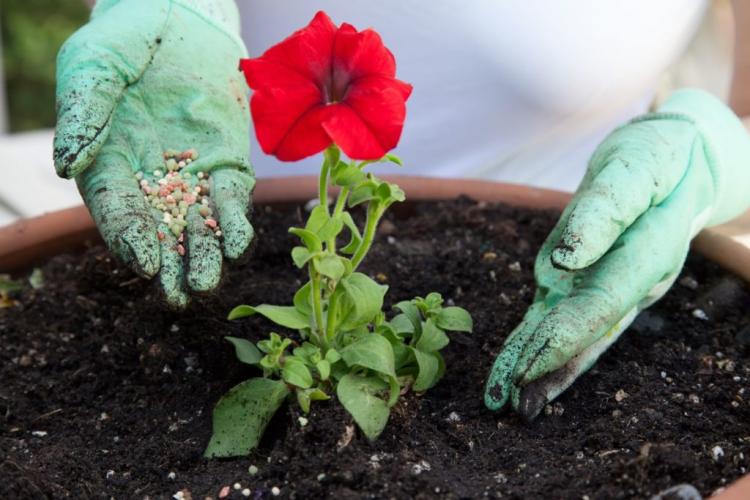
These fertilizers are available in liquid form and are simply added to the irrigation water. But there are also fertilizers in solid crystalline form that are simply dissolved in the water. Since iron can be absorbed by the petunias through the roots and the leaves, foliar fertilization can also be used against iron deficiency.
Foliar fertilization of petunias
You can also use special ferrous fertilizers on your petunias. These fertilizers also contain nitrogen to aid growth. When spraying the leaves with iron fertilizer, avoid direct sunlight. Therefore, an application in the evening is recommended. Foliar fertilization is an optimal way to combat iron deficiency, as this fertilizer cannot be washed out with irrigation water. Be careful with dosing though: overdosing can cause even more damage to your petunias.
Also avoid contact with the fertilizer solution, as these iron fertilizers can leave unsightly rust stains on your clothes or your floor.
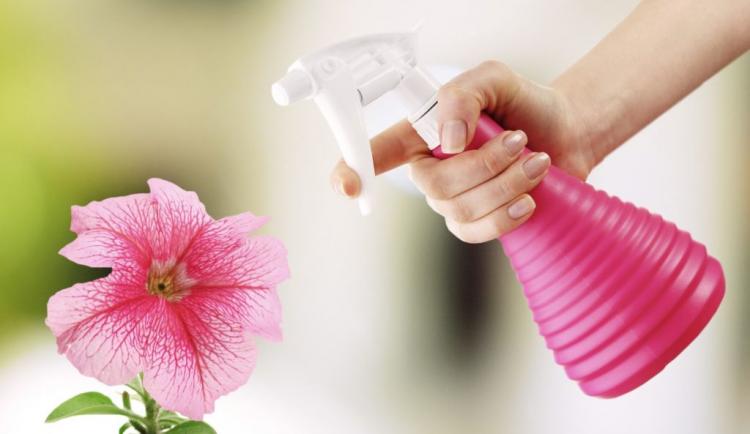
Always pay attention to the recommended quantities, because an oversupply can also damage your plants.
Powdered rock for petunias
You can also put rock flour in the earth to compensate for the iron deficiency. Rock flour can also be brought in when planting to supply the petunias with nutrients right from the start.
Here you can find out more about the proper care of petunias and how best to bring them through the winter.
We recommend these products for the treatment and prevention of chlorosis:
- pH soil test set: soil test set for the simple and precise determination of the lime requirement. The set is sufficient for 8 applications.
- Gardender Bio Rhodohum: Organic special soil without peat for planting lime-sensitive bog plants. The organic fertilizers Flora-Bio-Mix and Flora-Phyto-Mix ensure healthy plant growth and magnificent flowers and the low pH value optimizes the supply of nutrients for healthy growth.
- Gardender compost soil: Special soil made from high-quality weed-free compost and selected peat qualities. It provides your plants with all the important nutrients over a long period and the high humus content makes light and heavy soils fertile.
You might so like:
